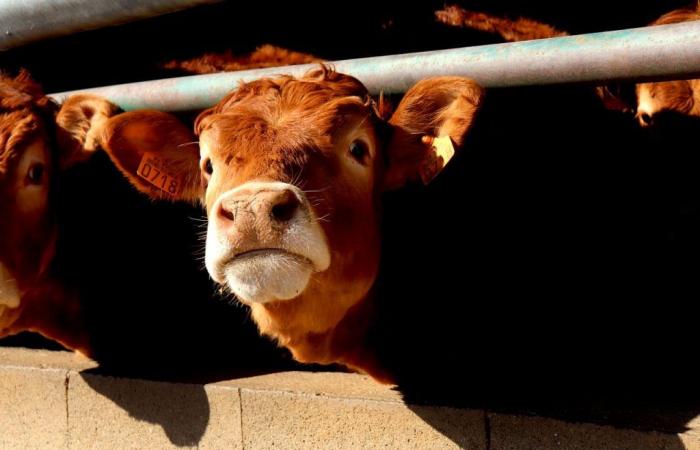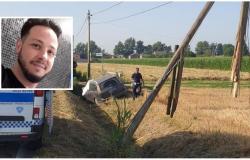Denmark is about to introduce a new law, the first of its kind in the world: a tax on greenhouse gas emissions from livestock and agriculture. The proceeds, which will not be small, will be reinvested in green policies to accelerate the green transition.
The Emissions Tax
The choice is pioneering, Denmark is the first state in the world to develop a law of this kind: the tax on greenhouse gas emissions caused by livestock farming will be a reality. From 2030, a tax of 672 Danish kroner (about 90 euros) will be applied to each head of livestock owned (especially cattle and pigs).
The political agreement was reached within the government coalition chaired by Prime Minister Mette Frederiksen who hopes that this law will be exported and applied outside the peninsula.
It is assumed that the emissions of climate-altering gases (especially methane) from livestock farming correspond to the 12% of global emissions. Hence the tax on emissions. It seems that there will be some exemptions to the application of this tax on emissions and that there will be the possibility of a tax deduction of 60% to mitigate the impact on farmers.
Emissions tax
But the principle does not change: the Danish dairy sector is very developed and, as of 2022, there were one and a half million cows. Considering that each of them produces on average 6 metric tons of carbon dioxide, the impact of livestock farming on the emission of climate-altering greenhouse gases is evident. So much so that the agricultural and livestock sectors represent the main source of greenhouse gas emissions in Denmark.
And here, in the wake (now forgotten) of the European Green Deal, Denmark sets itself a clear objective: reduce greenhouse gas emissions by 70% by 2030. How to do it? With the emissions tax and reinvesting what is earned in green policies. In fact, 40 billion Danish kroner (around 3.5 billion euros) will be allocated to reforestation initiatives on large areas and the creation of wetlands to preserve native fauna and flora and to mitigate the effects of climate change.
Emissions tax: the protests
The dairy industry has more or less welcomed the news of the emissions tax but the farmers didn’t take it well and they raised their voices:
“It is a disturbing experiment. We recognize that there is a climate problem, but we do not believe that this agreement will solve the problems. It will only put a spoke in the wheels of green investments in agriculture”.
This is how it is expressed Peter Kiær, president of the farmers’ association Bæredygtigt Landbrug. He is echoed by Peder Tuborgh, CEO of Arla Foods, the world’s sixth largest producer in the dairy sector with a turnover of almost 14 billion:
“The tax regime could unfairly affect some farmers and ranchersincluding organic producers who are already doing everything they can to reduce their emissions.”
However, even if the protests are making themselves felt, the emissions tax is supported by a large political majority and is therefore very likely to be approved.
But does livestock farming really pollute that much?
Yes the methane, produced mainly from manure, has a climate-changing impact of 85% more than carbon dioxide over a 20-year period. This is why limiting emissions is a fundamental point for mitigating climate change. Farms contribute to 32% of global methane emissions (percentage which rises to 40% in Italy). An adult cow can produce up to 500 liters of methane every dayIn fact, cattle lead the ranking of the largest methane producers, followed by sheep and pigs.
For these reasons, the emissions tax currently being approved in Denmark is proving necessary. Furthermore, livestock farms not only produce climate-altering gases, but also consume resources.
- The water: to produce one kilo of beef, 15,000 litres of water are needed, for pork we are talking about 6,000 l/kg, for poultry 4,000. More than 3,000 l/kg are needed to produce cow’s milk cheese and more than 1,000 l/kg to produce milk.
- The soil: livestock farms not only physically occupy space, but also need agricultural resources (fodder, soy, etc.) to feed the animals. For this reason, livestock farming is one of the major factors of deforestation in the world. It is estimated that if the entire world population became vegetarian, agricultural land use would be reduced from 4 billion hectares to just one.
This, of course, is not to say that the entire global population should stop consuming meat. However, it is up to each of us to at least be aware of the impact our choices have on the world. Trivially trying to limit meat consumptionConsumption that since the Second World War has increased by 500% reaching 325 million tons per year and that, unfortunately, is destined to exceed 400 million by 2050.






